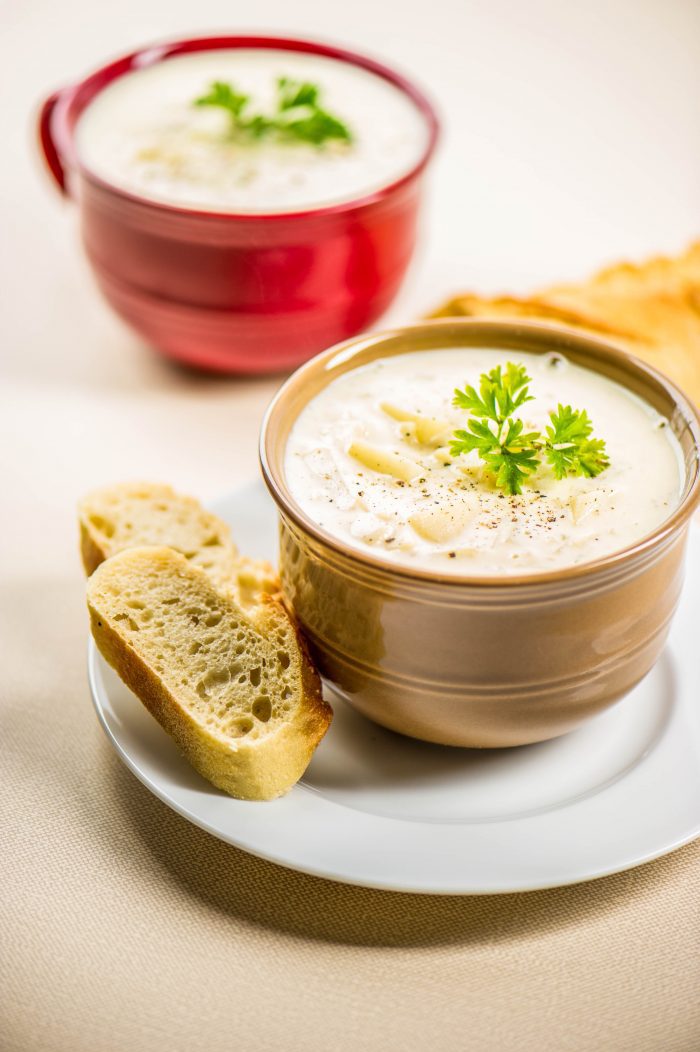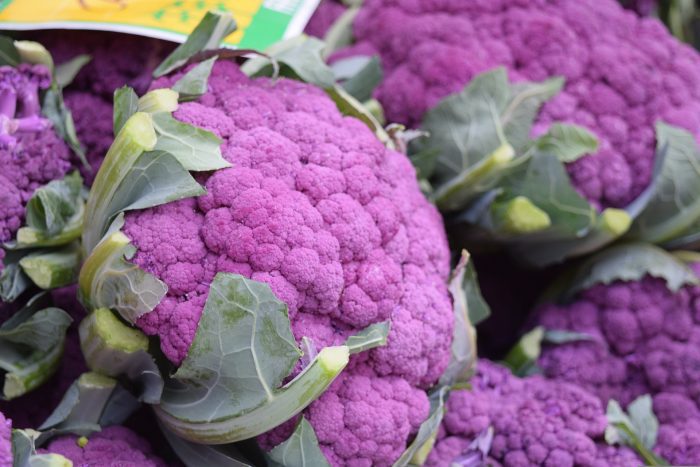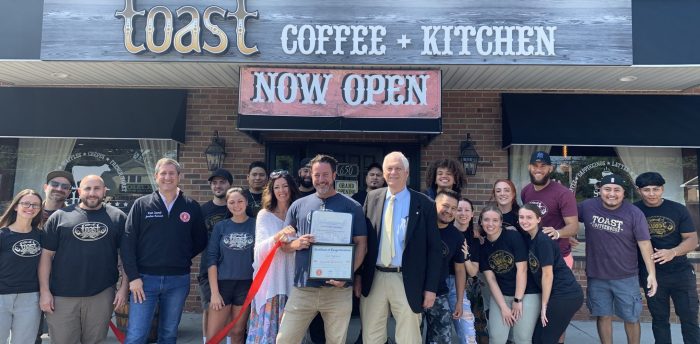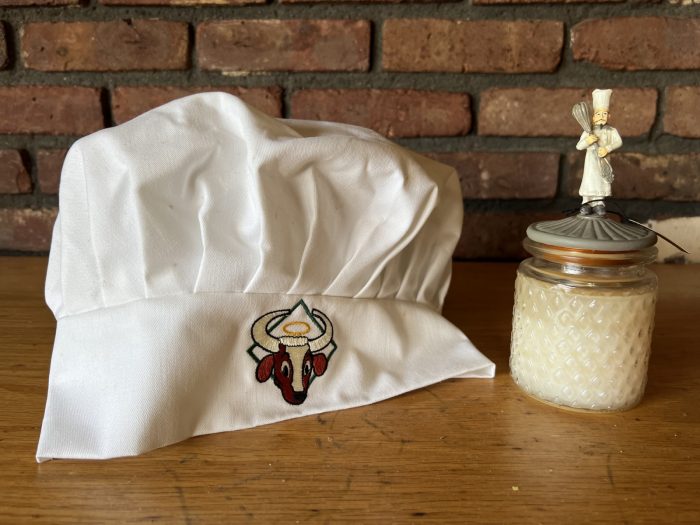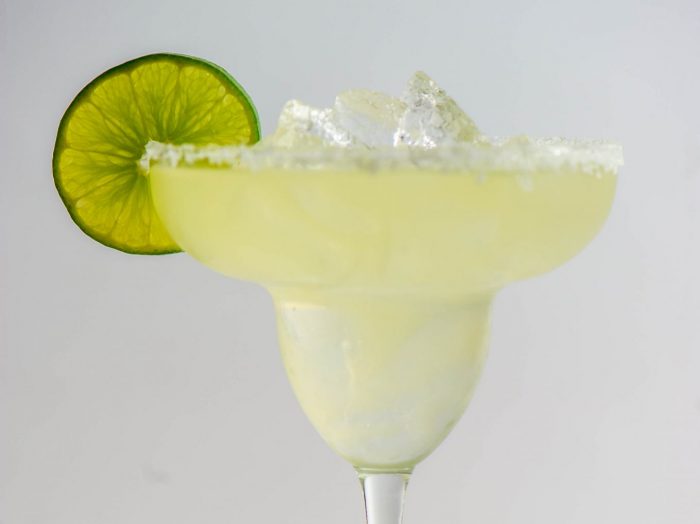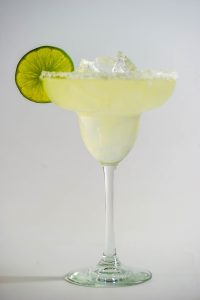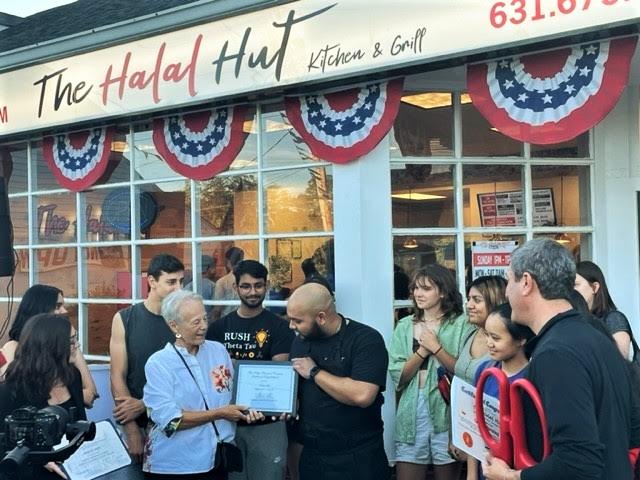Sweet treats are on display come Halloween. People hosting Halloween parties or bringing items over to others’ homes for the holiday may need to scare up some new ideas for dessert.
Chocolate never goes out of style and is right at home on Halloween. This recipe for “Black Magic Cake,” courtesy of The Food Network, is decadently rich. Don’t let all that chocolate frighten you. Drizzle as much melted marshmallow as necessary to brighten up the flavor. Turn into a mummy face or transform the top of the cake into a spiderweb instead.
Black Magic Cake
YIELD: 8 to 10 servings
INGREDIENTS:
2⁄3 cup vegetable oil, plus more for greasing the baking pans
1 cup Dutch-process cocoa powder (or any cocoa powder if on hand)
1 cup boiling water
2 cups granulated sugar
1 3⁄4 cups all-purpose flour (see cook’s note)
2 teaspoons baking powder
1 teaspoon fine salt
1 cup whole milk
2 large eggs
1 tablespoon pure vanilla extract
Filling and Frosting:
1 1⁄2 cups heavy cream
3⁄4 cup Dutch-process cocoa powder, sifted
8 ounces semisweet chocolate, chopped
1 teaspoon espresso powder
1 teaspoon pure vanilla extract
Pinch fine salt
2 tablespoons unsalted butter
1⁄3 cup confectioners’ sugar, sifted
Decoration:
2 cups mini marshmallows (about 4 ounces)
Cooking spray
1 or more candy spiders or two candy eyes for decorating
DIRECTIONS:
For the cake: Position an oven rack in the center of the oven and preheat to 350 F. Line the bottom of two 9-inch round cake pans with parchment and crease the parchment and the sides of the pans with oil.
Stir together the cocoa powder and boiling water in a small bowl and let sit to bloom for 5 minutes (this step intensifies the chocolate flavor in the cake).
Whisk together the granulated sugar, flour, baking powder and salt in a large bowl. Whisk together the bloomed cocoa, oil, milk, eggs, and vanilla in a medium bowl. Pour the cocoa mixture into the sugar mixture and stir until smooth (the batter will be thin). Divide the batter evenly between the prepared cake pans. Bake until the cakes bounce back when pressed in the middle and a toothpick inserted in the center comes out clean, 30 to 40 minutes. Let cool completely in the pans on a rack.
For the filling and frosting: Heat the cream in a double boiler over low heat, whisking occasionally, until it begins to steam. Whisk in the cocoa powder, chocolate, espresso powder, vanilla, and salt until the mixture is smooth, about 2 minutes. Whisk in the butter until melted. Whisk in the confectioners’ sugar until incorporated. Let the frosting cool completely.
To assemble: Put one cake, bottom-side up, on a serving plate or cake stand. Spread about 1 cup of the frosting over the top but not all the way down the side. Top with the other cake, bottom-side up, and frost the top and sides with the remaining frosting.
For the spider web or mummy decoration: Microwave the marshmallows in a microwave-safe medium bowl until they swell and are soft enough to stir, about 1 minute. Let sit a few minutes until cool enough to touch. Spray your hands with cooking spray. For a spider web, pick up a tablespoon-sized blob of the melted marshmallow and stretch it over and around the cake; repeat so that the strings of marshmallow crisscross one another in many directions. Continue until you have what looks like a spiderweb. For a mummy, stretch the marshmallow so that all the strings on the top of the cake run in the same direction, leaving a small gap between strings for the mummy’s eyes to peak out. Garnish with a candy spider or several candy spiders for the web cake or candy eyes for the mummy cake.
Cook’s note: The candy directions are a nice touch, but the cake will be fun and delicious without them as well. When measuring flour, spoon it into a dry measuring cup and level off the excess.
Semi-homemade tip: Purchase a premade chocolate cake and use the decoration to make the mummy or spiderweb only.

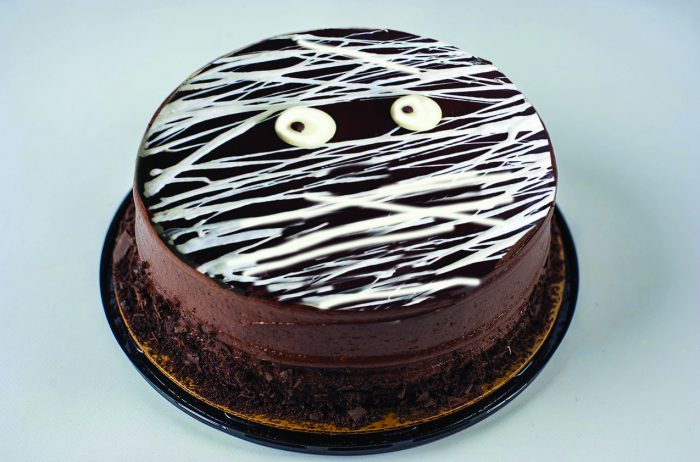


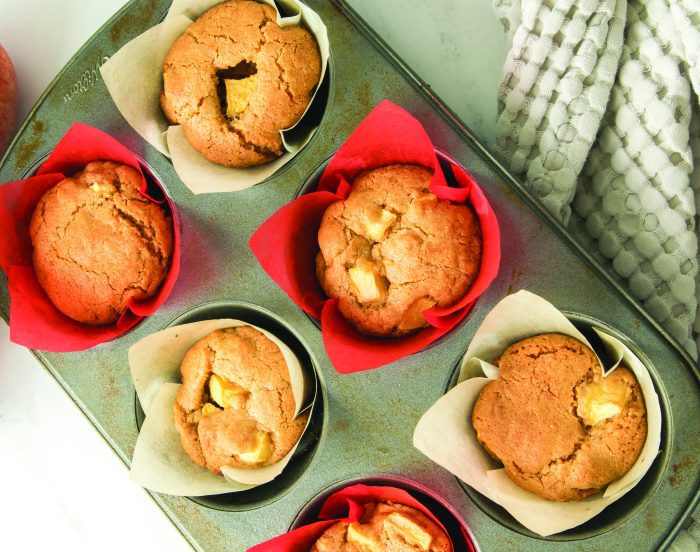
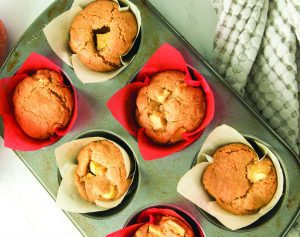
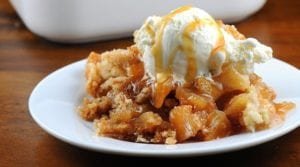 YIELD: Makes 4 to 6 servings
YIELD: Makes 4 to 6 servings


